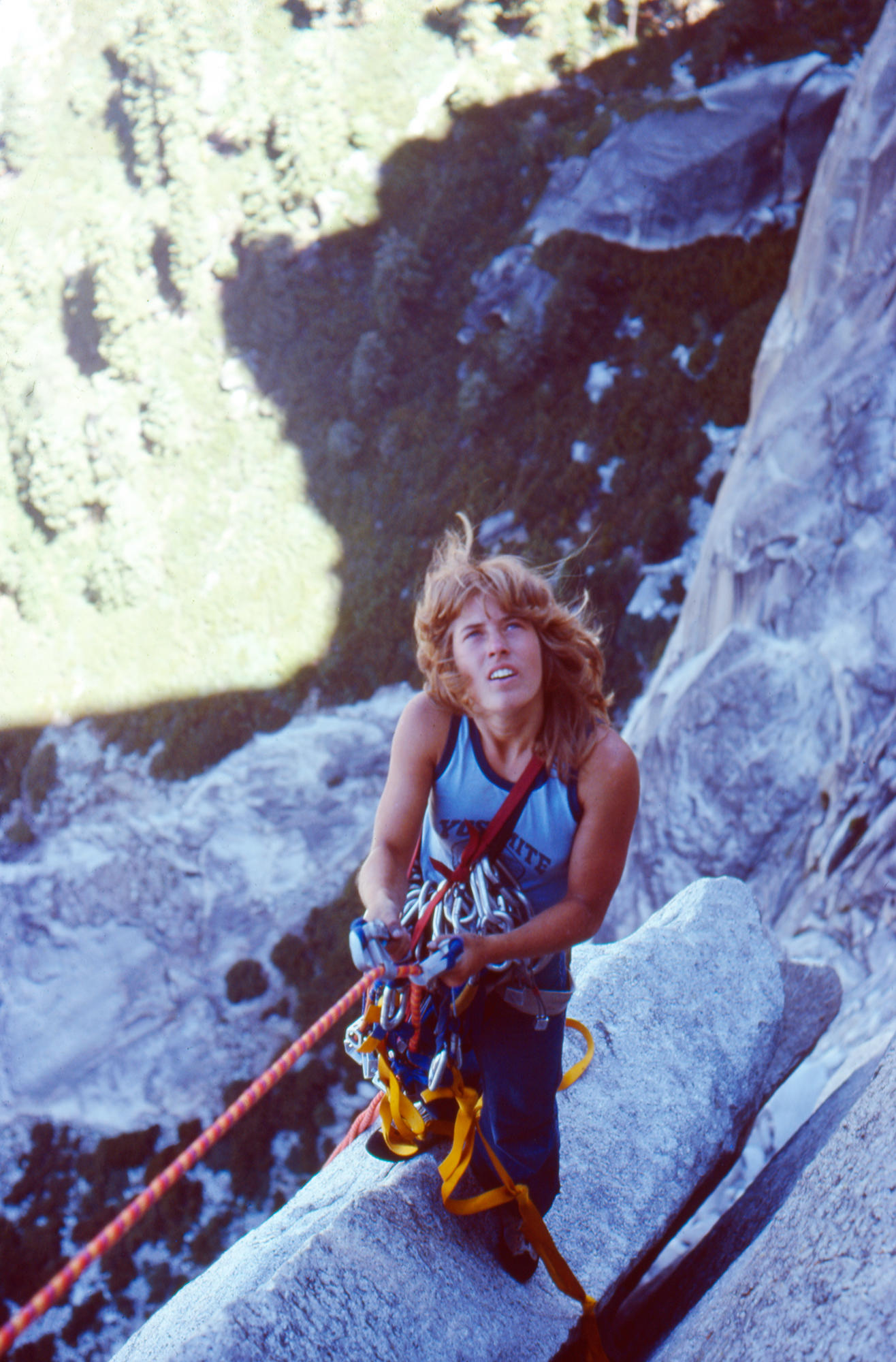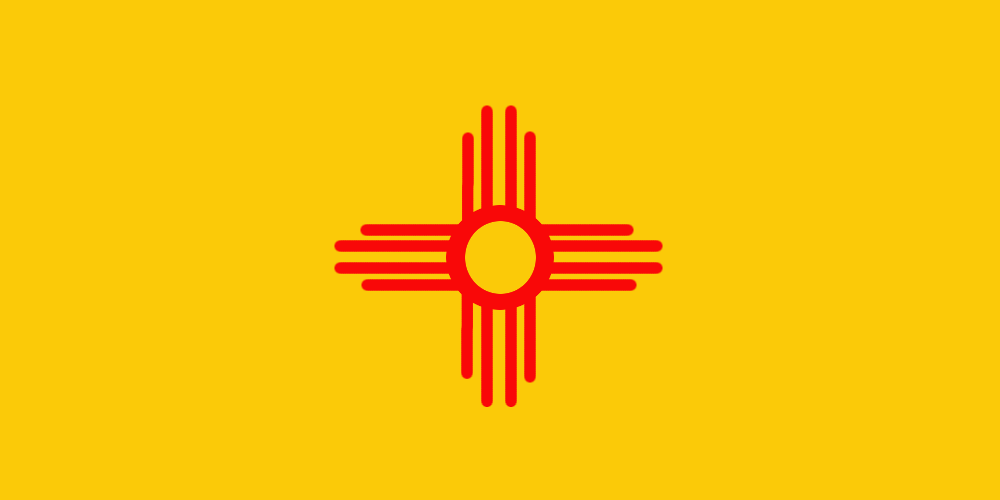The difference in between the highs of the days and the lows of the nights can be substantial as heat dissipates to area throughout clear nights, the heat radiation not being caught by clouds. The Front Variety city corridor, where the majority of the population of Colorado lives, lies in a noticable precipitation shadow as an outcome of being on the lee side of the Rocky Mountains.
On the plains, the winter lows normally vary from 25 to 10 F (4 to 23 C). About 75% of the rainfall falls within the growing season, from April to September, however this location is extremely prone to dry spells. Many of the rainfall comes from thunderstorms, which can be extreme, and from major snowstorms that occur in the winter and early spring.
In much of the area, March is the snowiest month. April and May are generally the rainiest months, while April is the wettest month overall. Just west of the plains and into the foothills, there are a wide array of environment types. Places simply a few miles apart can experience completely different weather condition depending on the topography.
April and May are generally the rainiest months, while April is the wettest month overall. Just west of the plains and into the foothills, there are a wide array of environment types. Places simply a few miles apart can experience completely different weather condition depending on the topography.
There are also pockets of subtropical highland and humid subtropical environments. Snow highlights the rugged mountains, in addition to the urban and farming landscapes of the Colorado plains. Severe weather changes are typical in Colorado, although most of severe weather condition occurs in the least inhabited locations of the state.
Hail is a common sight in the mountains east of the divide and in the northwest part of the state. The Eastern Plains have actually had some of the biggest hail storms in The United States and Canada. The Eastern Plains are part of the extreme western portion of Tornado Alley; some damaging tornadoes in the Eastern Plains consist of the 1990 Limon F3 twister and the 2008 Windsor EF3 tornado, which ravaged the little town.
Much of Colorado is an extremely dry state averaging only 17 in (430 mm) of precipitation per year statewide and rarely experiences a time when some portion of the state is not in some degree of drought. The lack of precipitation contributes to the intensity of wildfires in the state.
The spring melts of these snows often trigger fantastic waterflows in the Yampa River, the Colorado River, the Rio Grande, the Arkansas River, the North Platte River, and the South Platte River. The Yampa River, from a high overlook Water draining of the Colorado Rocky Mountains is a very significant source of water for the farms, towns, and cities of the southwest states of New Mexico, Arizona, Utah, and Nevada, in addition to the Midwest, such as Nebraska and Kansas, and the southern states of Oklahoma and Texas.
Ruins of Cliff Palace at Mesa Verde National forest as photographed by Gustaf Nordenskild in 1891. Great Kiva at Chimney Rock in the San Juan Mountains of Southwestern Colorado. It is stated to have actually been constructed by the Ancient Pueblo peoples. The area that is today the state of Colorado has been occupied by Native Americans for more than 13,000 years.
obtained a territorial claim to the eastern Rocky Mountains with the Louisiana Purchase from France in 1803. This U.S. claim contravened the claim by Spain to the upper Arkansas River Basin as the exclusive trading zone of its nest of Santa F de Nuevo Mjico. In 1806, Zebulon Pike led a U.S.
Colonel Pike and his men were apprehended by Spanish cavalrymen in the San Luis Valley the following February, taken to Chihuahua, and expelled from Mexico the following July. The U.S. relinquished its claim to all land south and west of the Arkansas River and south of 42nd parallel north and west of the 100th meridian west as part of its purchase of Florida from Spain with the Adams-Ons Treaty of 1819.
The Texian Revolt of 183536 fomented a disagreement between the U.S. and Mexico which eventually emerged into the MexicanAmerican War in 1846. Mexico surrendered its northern area to the U.S. with the Treaty of Guadalupe Hidalgo at the conclusion of the war in 1848. Map of the Mexican cession, with the white representing the area the United States received from Mexico.
The majority of American inhabitants traveling overland west to the Oregon Nation, namely the new goldfields of California, or the new Mormon settlements of the State of Deseret in the Salt Lake Valley, avoided the rugged Southern Rocky Mountains. In 1854, Senator Stephen A. Douglas convinced the U.S. Congress to divide the unorganized territory east of the Continental Divide into 2 new arranged territories, the Area of Kansas and the Area of Nebraska, and a messy southern region referred to as the Indian territory.
The Republican politician Party- controlled Congress and confessed the eastern part of the Area of Kansas into the Union as the complimentary State of Kansas on January 29, 1861, leaving the western part of the Kansas Territory, and its gold-mining locations, as unorganized territory. Thirty days later on February 28, 1861, outbound U.S.
On April 12, 1861, South Carolina weapons opened fire on Fort Sumter to begin the American Civil War. Mount of the Holy Cross was photographed by William Henry Jackson in 1874 In 1862, a force of Texas cavalry attacked the Area of New Mexico and recorded Santa Fe on March 10.
The Confederacy made no further attempts to seize the Southwestern United States. In the midst and consequences of Civil War, lots of prevented prospectors went back to their houses, but a couple of remained and established mines, mills, farms, cattle ranches, roadways, and towns in Colorado Territory. The Georgetown Loop of the Colorado Central Railroad as photographed by William Henry Jackson in 1899 The United States Congress passed an enabling act on March 3, 1875, defining the requirements for the Territory of Colorado to end up being a state.
President Ulysses S. Grant signed a pronouncement confessing Colorado to the Union as the 38th state and earning it the name "Centennial State". The discovery of a significant silver lode near Leadville in 1878 set off the Colorado Silver Boom. Colorado women were given the right to vote starting on November 7, 1893, making Colorado the 2nd state to grant universal suffrage and the very first one by a popular vote (of Colorado guys).
Three warships of the U.S. Navy have actually been named the USS Colorado. The first USS Colorado was called for the Colorado River. The later 2 ships were called in honor of the state, consisting of the battleship USS Colorado which served in The second world war in the Pacific beginning in 1941.
and because of that wasn't hurt in the attack. According to the 2010 United States Census, Colorado had a population of 5,029,196. Racial structure of the state's population was: 81.3% White American (70.0% Non-Hispanic White, 11.3% Hispanic white) 20.7% Hispanic and Latino American (of any race) heritage 7.2% Some Other Race 4.0% Black or African American 3.4% Multiracial American 2.8% Asian American 1.1% American Indian and Alaska Native 0.1% Native Hawaiian and Other Pacific Islander Colorado has a high proportion of Hispanic, mainly Mexican-American, people in Metropolitan Denver, Colorado Springs, as well as the smaller cities of Greeley and Pueblo, and in other places.
According to the 2010 United States Census, Colorado had a population of 5,029,196. Racial structure of the state's population was: 81.3% White American (70.0% Non-Hispanic White, 11.3% Hispanic white) 20.7% Hispanic and Latino American (of any race) heritage 7.2% Some Other Race 4.0% Black or African American 3.4% Multiracial American 2.8% Asian American 1.1% American Indian and Alaska Native 0.1% Native Hawaiian and Other Pacific Islander Colorado has a high proportion of Hispanic, mainly Mexican-American, people in Metropolitan Denver, Colorado Springs, as well as the smaller cities of Greeley and Pueblo, and in other places.





